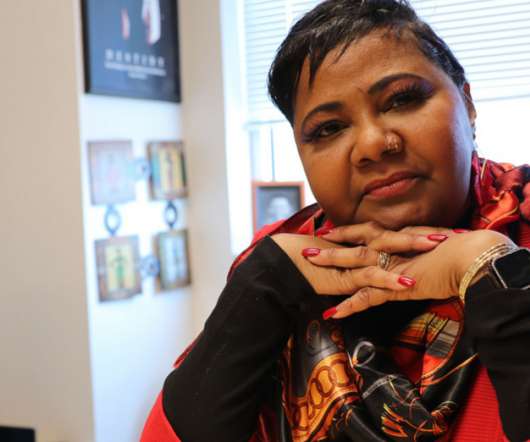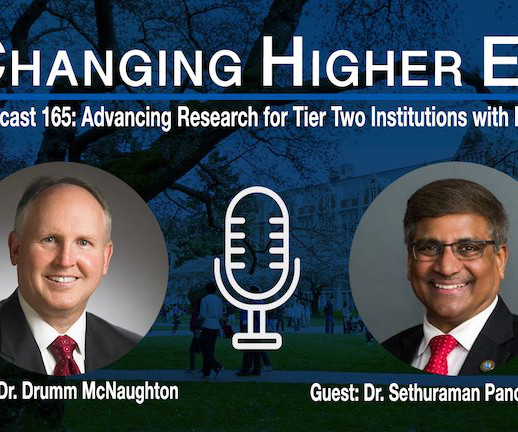Creating Safe Spaces: Future Teachers of Color Summit
The Scholarly Teacher
DECEMBER 20, 2023
Research shows that having BIPOC teachers benefits BIPOC students, providing numerous positive protective factors (Burciaga & Kohli, 2018; Easton-Brooks, 2019; Morales et al., In January 2020, we secured $3,000 to fund the FToC Summit; however, the pandemic caused the event to go virtual. 2022; Wright et al., link] Morales, A.












Let's personalize your content